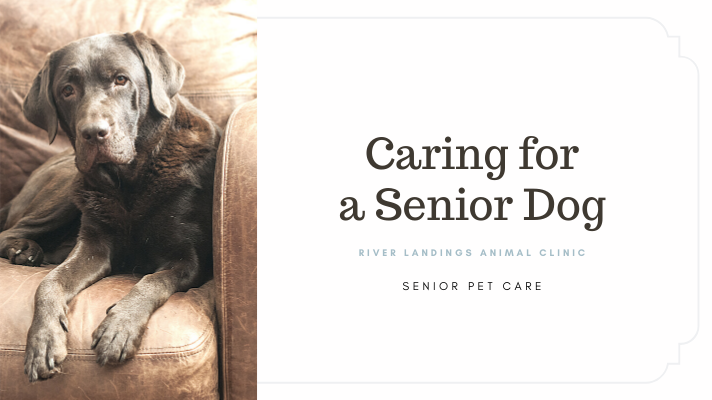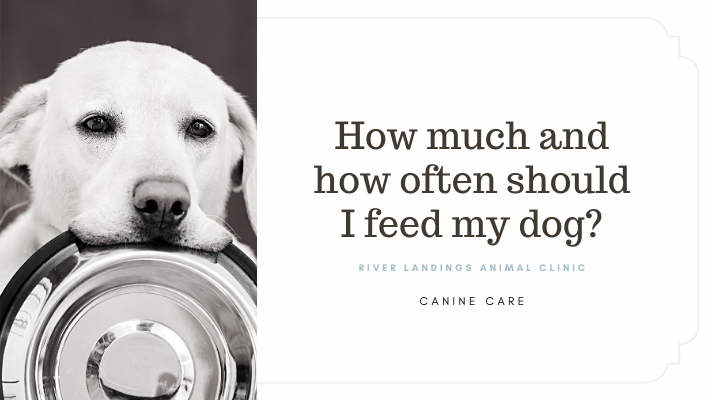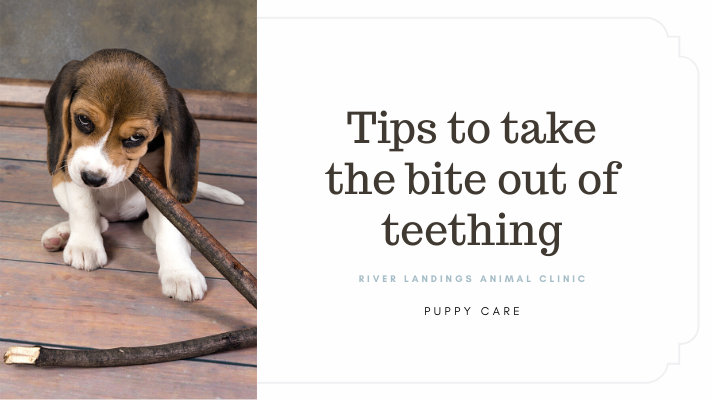Perhaps you are new to dog ownership, considering getting a dog, or just wish to help your dog with a challenging issue. Thoroughly understanding the most common dog behavior problems is the first step to solving and preventing them. A solid foundation of obedience training will help you prevent or better control many of these issues.
Barking
#1: Barking
Most dogs vocalize in one way or another. They may bark, howl, whine, and more. Excessive barking is considered a behavior problem.
Before you can correct excessive barking, determine why your dog is vocalizing in the first place. The most common types of barking are:
Warning or alert
Playfulness and excitement
Attention-seeking
Anxiety
Boredom
Responding to other dogs
Learn to control excessive barking. Consider teaching the bark/quiet commands. Be consistent and patient. Address any underlying causes of barking. Dedication and attention to detail can go a long way to stop a dog from barking.
Chewing
#2: Chewing
Chewing is a natural action for all dogs. In fact, chewing is an important activity for most dogs; it's just a part of the way they are wired and explore their surroundings. However, excessive chewing can quickly become a behavior problem if your dog causes destruction. The most common reasons dogs chew include:
Puppy teething
Boredom or excess energy
Anxiety
Curiosity (especially puppies)
Encourage your dog to chew on the right things by providing plenty of appropriate chew toys. Keep personal items away from your dog. When you are not home, keep your dog crated or confined to an area where less destruction can be caused.
If you catch your dog chewing the wrong thing, quickly distract your dog with a sharp noise. Then, replace the item with a chew toy. One of the most important things you can do is to make sure your dog gets plenty of exercise so it can wear off energy and be stimulated in that way rather than turning to chewing.
Digging
#3: Digging
If given the chance, most dogs will do some amount of digging; it's a matter of instinct. Certain dog breeds, like terriers, are more prone to digging because of their hunting histories. In general, most dogs dig for these reasons:
Boredom or excess energy
Anxiety or fear
Hunting instinct
Comfort-seeking (such as nesting or cooling off)
Desire to hide possessions (like bones or toys)
To escape or gain access to an area
It can get rather frustrating if your dog likes to dig up your yard. Try and determine the cause of the digging, then work to eliminate that source. Give your dog more exercise, spend more quality time together, and work on extra training. If digging seems inevitable, set aside an area where your dog can freely dig, like a sandbox. Train your dog that it is acceptable to dig in this area only.
Separation Anxiety
#4: Separation Anxiety
Separation anxiety is one of the most commonly discussed dog behavior problems. Manifestations include vocalization, chewing, inappropriate urination and defecation, and other forms of destruction that occur when a dog is separated from their owner. Not all of these actions are the result of separation anxiety. Signs of true separation anxiety include:
The dog becomes anxious when the owner prepares to leave.
Misbehavior occurs in the first 15 to 45 minutes after the owner leaves.
The dog wants to follow the owner around constantly.
The dog tries to be touching the owner whenever possible.
True separation anxiety requires dedicated training, behavior modification, and desensitization exercises. Medication may be recommended in extreme cases.
Inappropriate Urination & Defecation
#5: Inappropriate Urination & Defecation
Inappropriate urination and defecation are among the most frustrating dog behaviors. They can damage areas of your home and make your dog unwelcome in public places or at the homes of others. It is most important that you discuss this behavior with your veterinarian first to rule out health problems. If no medical cause is found, try to determine the reason for the behavior, which can come down to one of the following:
Submissive/excitement urination
Territorial marking
Anxiety
Lack of proper housebreaking
Inappropriate elimination is unavoidable in puppies, especially before 12 weeks of age. Older dogs are another story. Many dogs require serious behavior modification to rid them of the habit once it becomes ingrained.
Begging
#6: Begging
Begging is a bad habit, but many dog owners actually encourage it. This can lead to digestive problems and obesity. Dogs beg because they love food. However, table scraps are not treats, and food is not love. Yes, it is hard to resist that longing look, but giving in "just this once" creates a problem in the long run. When you teach your dog that begging is permitted, you are sending the wrong message.
Before you sit down to eat, tell your dog to go to its place, preferably where it will not be able to stare at you. If necessary, confine your dog to another room. If it behaves, give it a special treat only after you and your family are completely finished eating.
Chasing
#7: Chasing
A dog's desire to chase moving things is simply a display of predatory instinct. Many dogs will chase other animals, people, and cars. All of these can lead to dangerous and devastating outcomes. While you may not be able to stop your dog from trying to chase, you can take steps to prevent disaster.
Keep your dog confined or on a leash at all times (unless directly supervised indoors).
Train your dog to come when called.
Have a dog whistle or noisemaker on hand to get your dog's attention.
Stay aware and watch for potential triggers, like joggers.
Your best chance at success is to keep the chase from getting out of control. Dedicated training over the course of your dog's life will teach him to focus his attention on you first, before running off.
Jumping Up
#8: Jumping Up
Jumping up is a common and natural behavior in dogs. Puppies jump up to reach and greet their mothers. Later, they may jump up when greeting people. Dogs may also jump up when excited or seeking an item in the person's hands. A jumping dog can be annoying and even dangerous.
There are many methods to stop a dog's jumping, but not all will be successful. Lifting a knee, grabbing the paws, or pushing the dog away might work in some cases, but for most dogs, this sends the wrong message. Jumping up is often attention-seeking behavior, so any acknowledgment of your dog's actions provide an instant reward, reinforcing the jumping.
The best method is to simply turn away and ignore your dog. Walk away if necessary. Do not make eye contact, speak, or touch your dog. Go about your business. When your dog relaxes and remains still, calmly reward them. It won't take long before your dog gets the message.
Biting
#9: Biting
Dogs bite and nip for several reasons, most of which are instinctive. Puppies bite and nip to explore the environment. Mother dogs teach their puppies not to bite too hard and discipline them when needed. This helps the puppies develop bite inhibition. Owners often need to show their puppies that mouthing and biting are not acceptable by continuing to teach bite inhibition.
Beyond puppy behavior, dogs may bite for several reasons. The motivation to bite or snap is not necessarily about aggression. A dog may snap, nip, or bite for a variety of reasons.
Fear
Defensiveness
Protection of property
Pain or sickness
Predatory instinct
Any dog may bite if the circumstances warrant it in the dog's mind. Owners and breeders are the ones who can help decrease the tendency for any type of dog to bite through proper training, socialization, and breeding practices.
Aggression
#10: Aggression
Dog aggression is exhibited by growling, snarling, showing teeth, lunging, and biting. It is important to know that any dog has the potential to show aggression, regardless of breed or history. However, dogs with violent or abusive histories and those bred from dogs with aggressive tendencies are much more likely to exhibit aggressive behavior towards people or other dogs.
Unfortunately, some breeds are labeled "dangerous" and banned in certain areas. However, it's not usually about the breed so much as it's about history. A dog's environment has a major impact on behavior. Also, regardless of breed, a dog may inherit some aggressive traits. Fortunately, most experts agree that breed-specific legislation is not the answer.
Reasons for aggression are basically the same as the reasons a dog will bite or snap, but overall canine aggression is a much more serious problem. If your dog has aggressive tendencies, consult your vet first as it may stem from a health problem. Then, seek the help of an experienced dog trainer or behaviorist. Serious measures should be taken to keep others safe from aggressive dogs.
Hear From Us Again
Don't forget to subscribe to our email newsletter for more recipes, articles, and clinic updates delivered to your inbox (here). Or, you can keep up to date by liking and following our Facebook page (here).
Related: We have more information under our dog health category.















